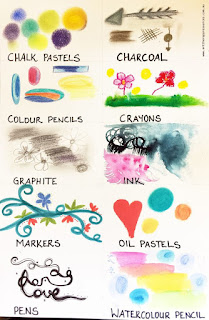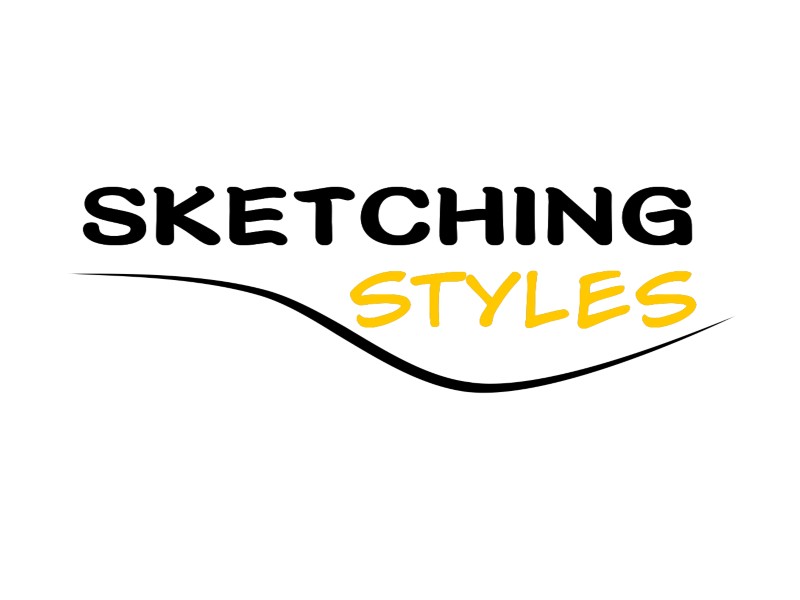As an illustrator, there are basic tools that are very important in boosting productivity. This tools listed are not the only tools used but are very important and necessary for an illustrator to have. They include;
1. Work Spaces/ Station
A workstation is a diversified and dedicated space Set aside for creating your designs and illustrations. It doesn't have to be elaborate but can consist of a comfortable chair, a flat surface and the tools needed for you to make your sketch. You can also choose to decorate with items and pictures that influence your creativity. It's your space, just do what works for you.
2. Graphite pencils and Erasers
Graphite pencils are very essential when drawing basic outlines for our designs and it is a basic necessity for every illustrator. The outer shell of a graphite pencil can either be made of wood or plastic and is embedded with a graphite core. Graphite pencils have grading scales and are usually graded from soft to hard depending on how hard the graphite core is. Graphite pencils are graded using numbers and letters. For numbers, the higher the number the harder or softer the graphite core (the hardness or softness also depends on the letters attached). For the letters, the letters H & B are used to also indicate how hard or soft a graphite core is with H indicating a hard graphite core and B indicating a Soft graphite core. Hence we have grading scales such as H,2H,3H, HB, B, 2B, 3B etc. Experimenting with different grades can help bring out your illustration in a unique way.
Erasers are very essential for cleaning up smudges and mistakes.
3. A mini Library
Having a mini Library that you'll need when looking for inspiration, ideas, and tips cannot be overemphasised. You can either have a carved-out space or a digital library that has a collection of books, magazines, catalogues, videos etc that will come in handy for reference purposes. Also, updating your mini library has a way of keeping you up to date in the industry as you will be able to follow up on trends as they evolve.
4. Computer-aided design (CAD) software
CAD software is a specialised software made to help designers and illustrators create designs and illustrations. For those interested in not only traditional illustrations but also digital illustrations, knowing how to use CAD software is essential as it helps improve your technical know-how and boosts your work portfolio. To be able to make use of CAD software, you need either a desktop computer or a laptop with a graphic tablet or a tablet phone or even a normal touch screen phone. There are many CAD software depending on the OS (operating system) you are making use of. Some of these CAD software include; Adobe Illustrator, Autodesk sketchbook Pro, Medibang Studio paint etc.
5. Colour Wheel
A Colour wheel is very essential for an illustrator/designer as it shows how various colours are related to each other and helps provide colour references for your designs. A colour wheel enables an illustrator to be able to create their colour palettes using the variations in the primary, Secondary and tertiary colours.
6. Colour Mediums
It is also essential for an illustrator to have a colour/art medium that helps them create a beautiful piece. It has to be a medium that you are comfortable with. Finding out what best works for you all comes down to experimenting with different mediums and even learning to work with two or more mediums together. They include; watercolour, colour pencils, oil paint, acrylic paints, pastels etc. Colour mediums help differentiate and show illustration details.







